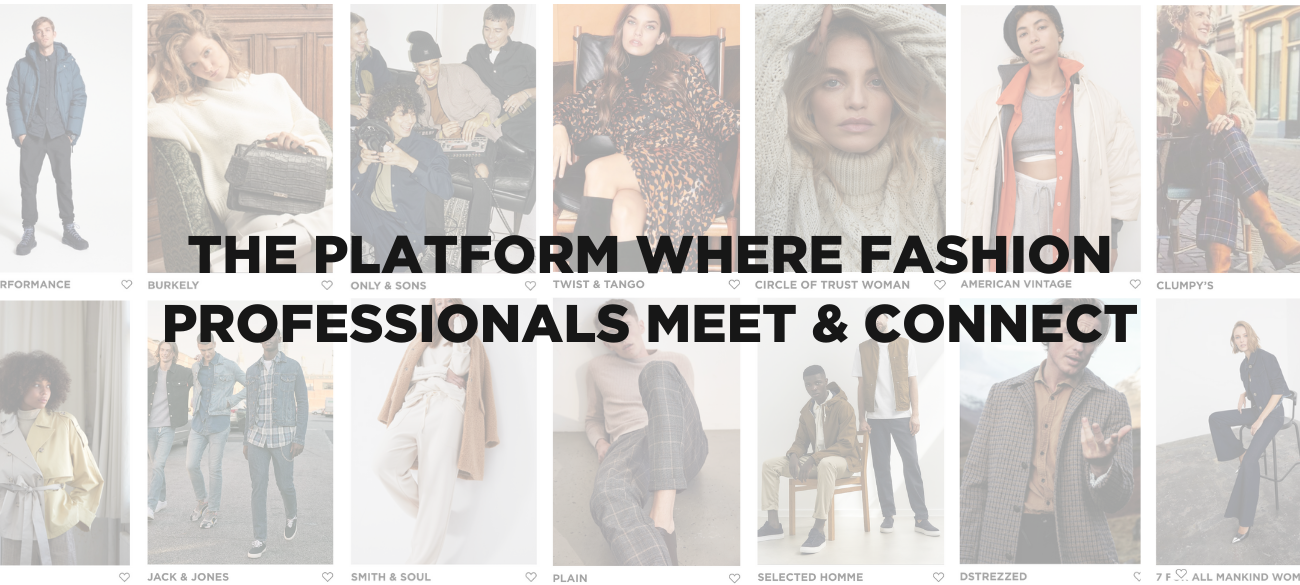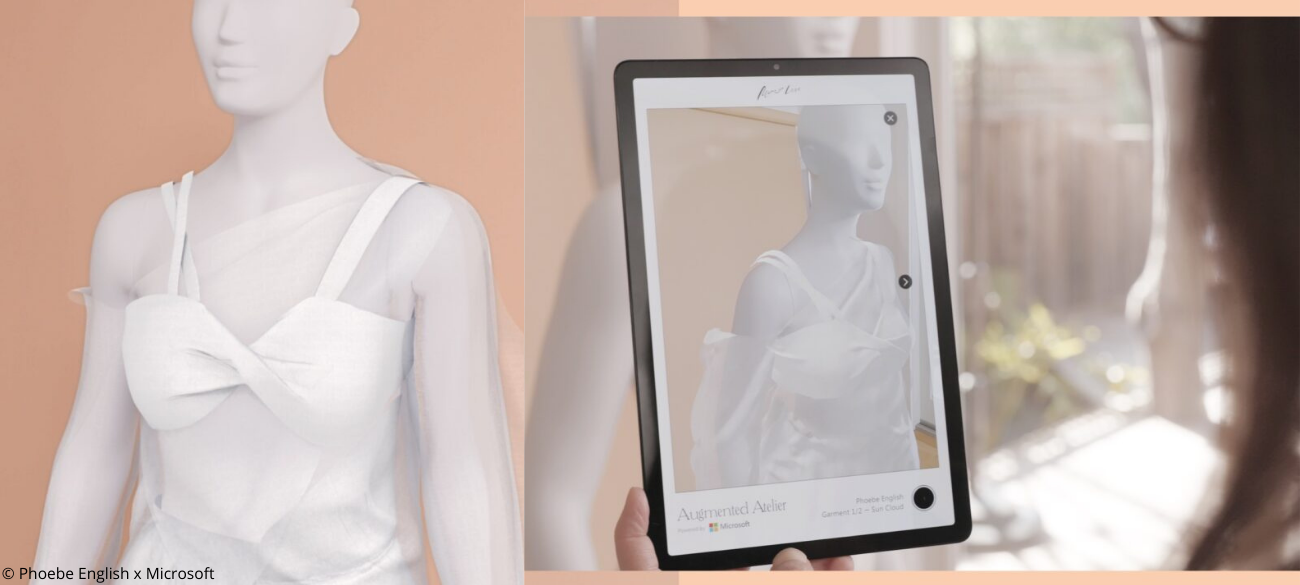Create a free retailer account now or view the other options.
How the pandemic helped burgeoning brands to thrive
2020 will go down in fashion history as the year that saw an increasing number of fashion houses so good as ditch the traditional fashion calendar, with its countless fashion weeks and at least four collections a year. There were major changes at several large fashion houses, and smaller brands are also getting creative when it comes to the challenges and opportunities kicked up by the pandemic.
Fresh approach
Ida Petersson, Buying Director at Browns, called it back in early 2020: upcoming designers and independent fashion brands were in for a rough time, and it was up to buyers not to lose sight of these labels. But in uncertain times, this is easier said than done for buyers. And as a result, upcoming brands often miss the boat at large retailers. Nevertheless, this does mean that there are chances for young designers, especially in light of the curtains falling on the traditional fashion calendar. The revamped digital calendar is forcing designers towards innovative strategies and new approaches to presentation.
Rejina Pyo, for example; who disregarded the usual SS21 collection, and is currently working on a ‘See Now Buy Now’ formula, which is set to be presented later this year. If Pyo were to have kept up with the punishing pace dictated by the fashion calendar, this would never have been possible. Pyo is just one of an increasing number of young designers coming up with innovative solutions. New York designer Peter Do used the pandemic to develop a clear vision for his eponymous label. The same goes for Molly Goddard and Victoria Beckham, who are also focusing on boosting personal contact with buyers, and more intimate shows. Their collections are also being scaled down, with a sharper focus on quality and special details.
Small brand flexibility
After Paris Fashion Week, Marine Serre emphasised how she is capitalising on the relatively small size – and hence greater flexibility – of her brand. And she’s one of many; the same applies to Y/Project, Koché, Études Studio and of course, Dutch labels such as Maium, Neeve and Florèz.
This flexibility is also reflected in technological developments. In an interview following her recent collaboration with Microsoft, upcoming designer Phoebe English noted the potential shift towards digital fashion, a sentiment echoed by fellow designers Fredrik Tjærandsen and the duo Rottingdean Bazaar. What’s the point of physical garments when we spend most of our time online?
Focus on online presence
In any case, all of the above designers have one thing in common: they are zeroing in on their online communities. Forced to stand on their own two feet instead of hitching a ride on the marketing budgets of major wholesale parties, their direct-to-consumer channels are booming. A brand’s online presence is therefore more important than ever. It’s for good reason that Instagram recently replaced its ‘update’ button with a ‘shop’ button, and shortly after introduced ‘guides’; all new functionalities are geared towards sales. Such options offer fashion labels with an online fanbase more opportunities to sell via their own channels. And that makes wholesale channels less relevant – a definite boon for burgeoning brands in challenging times such as these.
Written by Emma Vloeimans
Share article

